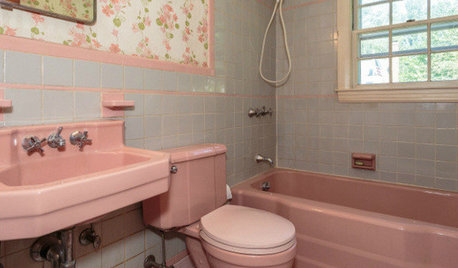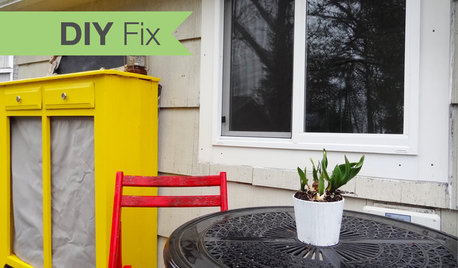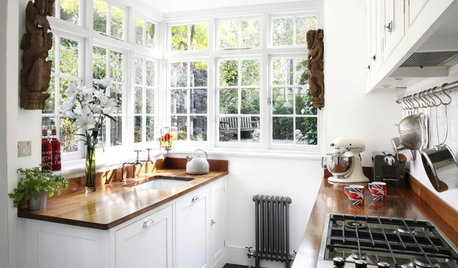Replacing aluminum wiring with copper without ripping drywall
jadi929
10 years ago
Featured Answer
Comments (14)
Ron Natalie
10 years agoRelated Professionals
Ashburn General Contractors · Coshocton General Contractors · Dothan General Contractors · Hutchinson General Contractors · Jacinto City General Contractors · Jacksonville General Contractors · Lake Forest Park General Contractors · Salem General Contractors · Vienna Handyman · Danville Solar Energy Systems · Paradise Solar Energy Systems · Enterprise Home Automation & Home Media · Fort Lauderdale Home Automation & Home Media · Pittsburgh Home Automation & Home Media · Poway Home Automation & Home Mediabtharmy
10 years agoRon Natalie
10 years agoBruce in Northern Virginia
10 years agojadi929
10 years agohexus
10 years agoRon Natalie
10 years agobtharmy
10 years agojadi929
10 years agobtharmy
10 years agohexus
10 years agojadi929
10 years agobtharmy
10 years ago
Related Stories

BATHROOM COLOR8 Ways to Spruce Up an Older Bathroom (Without Remodeling)
Mint tiles got you feeling blue? Don’t demolish — distract the eye by updating small details
Full Story
MODERN HOMESHouzz TV: Seattle Family Almost Doubles Its Space Without Adding On
See how 2 work-from-home architects design and build an adaptable space for their family and business
Full Story
Replace Your Windows and Save Money — a How-to Guide
Reduce drafts to lower heating bills by swapping out old panes for new, in this DIY project for handy homeowners
Full Story
MATERIALSAn Architect Shares His Go-To Materials
Aluminum doors, porcelain tiles, polished concrete. Here are the features and finishes this professional returns to time and again
Full Story
REMODELING GUIDESOriginal Home Details: What to Keep, What to Cast Off
Renovate an older home without regrets with this insight on the details worth preserving
Full Story
MODERN ARCHITECTUREDesign Workshop: Modern Metal Shingle Style
Steel, copper and zinc shingles take siding to new heights, with less maintenance than their wooden cousins
Full Story
KITCHEN APPLIANCESThe Many Ways to Get Creative With Kitchen Hoods
Distinctive hood designs — in reclaimed barn wood, zinc, copper and more — are transforming the look of kitchens
Full Story
MOST POPULAR11 Nominees for the ‘She Shed’ Hall of Fame
These special sanctuaries let busy women get away from it all without leaving the backyard
Full Story
SMALL KITCHENS10 Things You Didn't Think Would Fit in a Small Kitchen
Don't assume you have to do without those windows, that island, a home office space, your prized collections or an eat-in nook
Full Story
BUDGET DECORATING8 Cost-Effective Ways to Get a High-End Look
Don’t discount that expensive material yet. By using a small amount in a strategic way, you can get a luxurious look without the expense
Full Story








jadi929Original Author